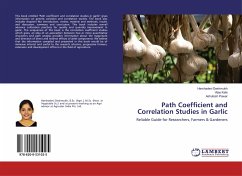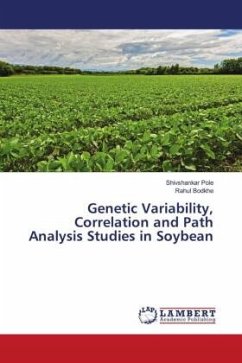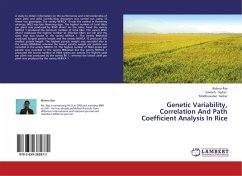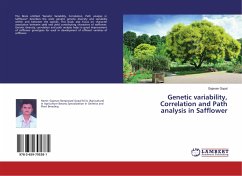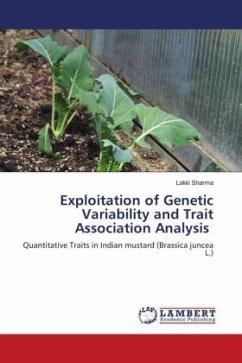
Path towards enhancing environmental sustainability
Options to increase sustainable agricultural production in hill and mountain regions
Versandkostenfrei!
Versandfertig in 6-10 Tagen
32,99 €
inkl. MwSt.

PAYBACK Punkte
16 °P sammeln!
Nepal is basically a hilly and mountainous country with an agrarian economy. Hills and mountains, where majority of the country's population lives, occupy over two-thirds of the country's total land area. The importance of agriculture as a resource is further warranted in Nepal since 85 % of rural population and 60 % of the economically active population have agriculture as their basic occupation. Country s 66.3 % of the land has 300 slope. Much of the country's land uses is environmentally fragile and susceptible to erosion and degradation. Cultivation on sloping and terraced land is a common...
Nepal is basically a hilly and mountainous country with an agrarian economy. Hills and mountains, where majority of the country's population lives, occupy over two-thirds of the country's total land area. The importance of agriculture as a resource is further warranted in Nepal since 85 % of rural population and 60 % of the economically active population have agriculture as their basic occupation. Country s 66.3 % of the land has 300 slope. Much of the country's land uses is environmentally fragile and susceptible to erosion and degradation. Cultivation on sloping and terraced land is a common feature of the Nepalese hill agriculture. Over the centuries, Nepalese farmers have been adopting a system of land use compatible with their environment such as shifting cultivation and farming on the sloping land. Thus Sloping Agricultural Land Technology (SALT) practice has shown to reduce soil loss and increase soil fertility and crop production to cope with the need of a rapid growth inboth human and livestock population.




